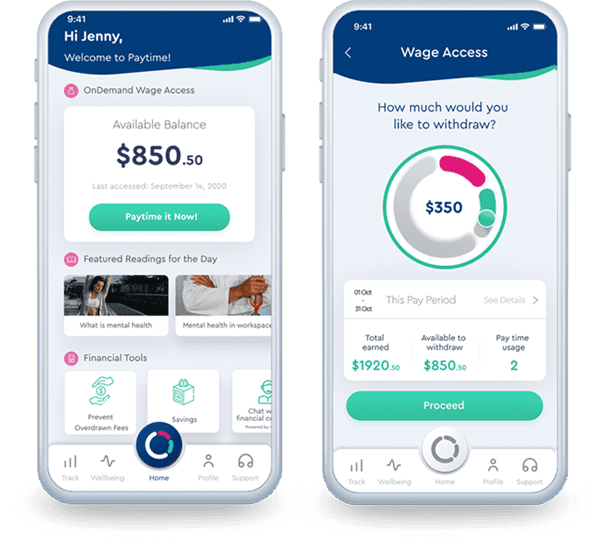
It is a critical component of business success. It reflects the level of enthusiasm and motivation employees bring to their roles, influencing their overall performance and productivity. Engaged employees are passionate about their work, driven to excel, and actively contribute to achieving the organization’s goals.
Amongst Australian businesses, employee engagement has become a pressing concern. Statistics indicate that a mere 14% of Australian employees are engaged at work, as reported by a Gallup poll. This means many organisations have low employee satisfaction, leading to decreased productivity and suboptimal outcomes for businesses.
The impact of disengaged employees is significant both for individual organizations and the economy. It is estimated that disengaged employees cost the Australian economy up to $54.8 billion annually, according to Gallup’s research. These costs arise from reduced productivity, increased absenteeism, and higher turnover rates.
However, there is a silver lining. Organizations that prioritize and implement engagement strategies can increase employee engagement and reap substantial benefits such as lower absenteeism and higher retention rates as these strategies ensure employees don’t feel unappreciated.
By executing employee engagement ideas, organizations can create a positive work culture where employees feel valued, supported, and motivated to perform at their best.


Earned Wage Access (EWA) is a revolutionary financial wellbeing benefit that has been proven to significantly enhance employee engagement, positively impacting both employees and employers. By providing access to earned wages before the traditional payday, EWA provides greater financial flexibility, leading to increased job satisfaction.
EWA improves employee engagement by reducing financial stress. According to PwC, financial stress affects around 47% of Australian employees, leading to decreased productivity and engagement. With EWA, employees can access their earnings in real-time, avoiding financial hardships and gaining better control over their finances. This sense of security and stability fosters a more focused and engaged workforce as employees can devote their energy to their work without the burden of financial worries.
EWA promotes a sense of trust and loyalty between employers and employees as it shows the company prioritizes their employees’ well-being. This can significantly impact employee morale and job satisfaction, leading to higher levels of engagement and employee retention. In fact, a study by ADP Research Institute found that employees who are offered financial wellness benefits, including EWA, are 40% more likely to stay with their current employer.
EWA also enhances an employees’ perception of their employer as it demonstrates a commitment to employee-centric practices. A study by Deloitte found that 94% of employees are more likely to stay with an employer that shows a genuine interest in their well-being. EWA aligns with this sentiment, fostering a positive employer-employee relationship and promoting a culture built on mutual support.
With the positive impact on job satisfaction, employee loyalty, and talent acquisition, EWA emerges as a transformative benefit that leads to a more engaged, motivated and productive workforce.
It’s vital in understanding the health of your workforce.
It involves gathering and analysing primary data to assess the level of emotional connection and commitment employees have towards their jobs and the organization. Below are key methods Human Resources (HR) and Management deploy to effectively measure employee engagement:
Employee Surveys: Conducting regular employee engagement surveys is a valuable way to gauge employee engagement. These surveys should be anonymous and include carefully crafted questions that assess job satisfaction, work environment, communication, and overall feelings about their role in the organization.
Feedback and Focus Groups: Organizing focus groups and collecting employee feedback can provide deeper insights into job satisfaction and identify specific areas for improvement.
Employee Net Promoter Score (eNPS): This metric helps measure employee loyalty and likelihood to recommend the company as a workplace.
Employee Happiness Index: This index combines various factors like job satisfaction, work-life balance and recognition to provide an overall measure of employee happiness and engagement.
By analysing information collected through these methods, organizations can gain valuable insights into their workforce’s engagement levels. Identifying patterns and trends that pinpoint areas for improvement better position employers to improve engagement and motivate employees.

